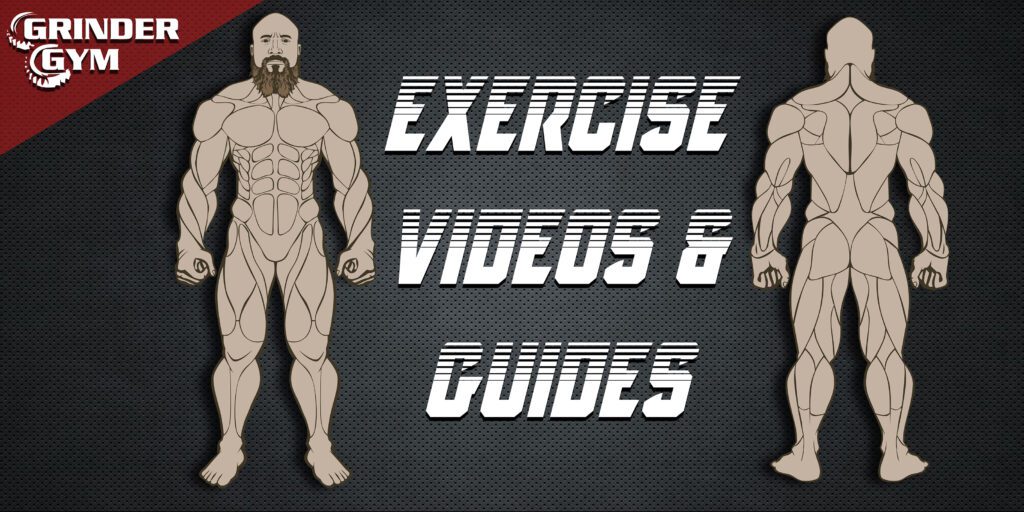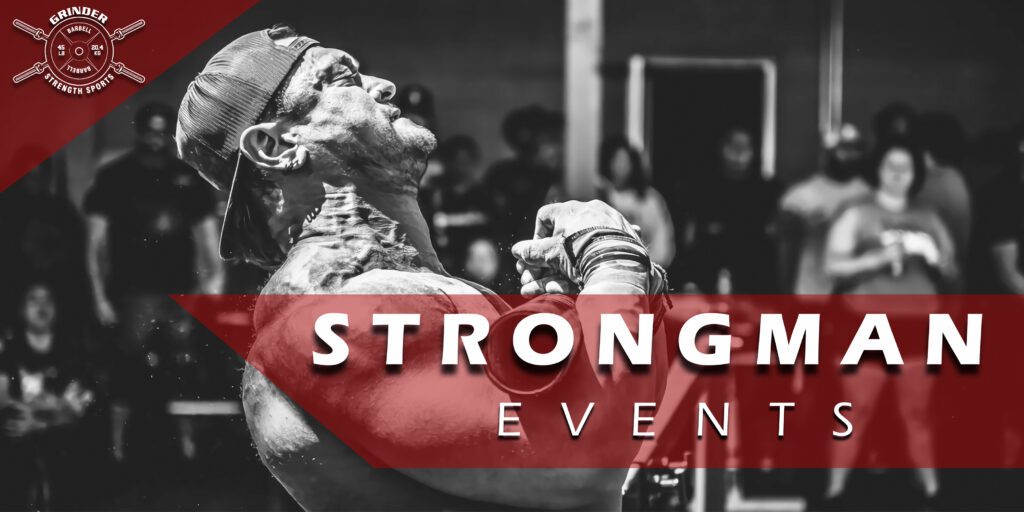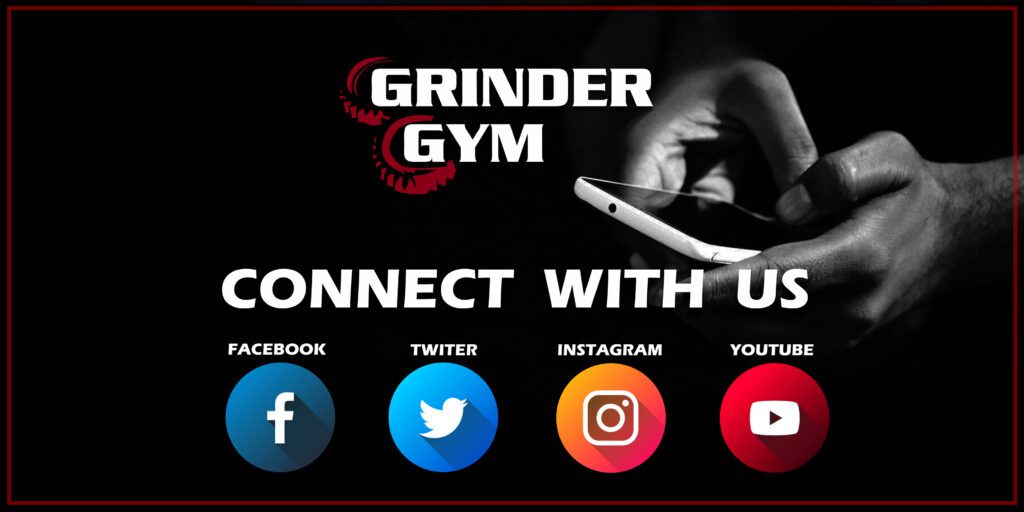The Viking Press is a strongman event that involves pressing a weight overhead using a specially designed apparatus.
Viking Press Rules:
- The weight used in the press will be specified by the competition and can vary depending on the design of the equipment and where the weight is loaded.
- The press should be performed with the weight out of the rack supported by the athlete. Hands should be at or near level with the shoulder joint at the start. The athlete should press the weight overhead and lock out the elbows.
- The athlete will be given an initial press command. If a timmer is being used the time will start with the press command.
- The press can be performed as a strict press, using only the upper body, and the competitor’s feet side by side on the ground. The press can also be performed as a push press, allowing the athlete an initial knee bent with the drive from the lower body, also known as the dip.
- No jerk! Any attempt to drop under the weight and drive with only the legs is not allowed. The feet must be side by side.
- No double dip!!! After the initial dip and drive of a push press, an athlete must keep their legs locked out. Any additional knee bend will be cause for a no-rep.
- The athlete must wait for the judge’s signal before lowering the weight.
- The press should be performed with a neutral grip, meaning the palms facing each other, and the athlete should hold the weight with both hands.
- The athlete is allowed to face in or out of the Viking Press machine.
- The athlete has to finish the press within a certain time limit or a certain number of reps, depending on the rules of the competition.
- The athlete’s attempt will be disqualified if they drop the weight, if they fail to press the weight to lockout or if they fail to finish the press within the time limit.
- Support gear, chalk, belts, wrist wraps, elbow, and knee sleeves are typically allowed.
It’s important to note that different competitions may have different rules or variations of the Viking press, so it’s a good idea to check with the specific competition you plan to participate in.


